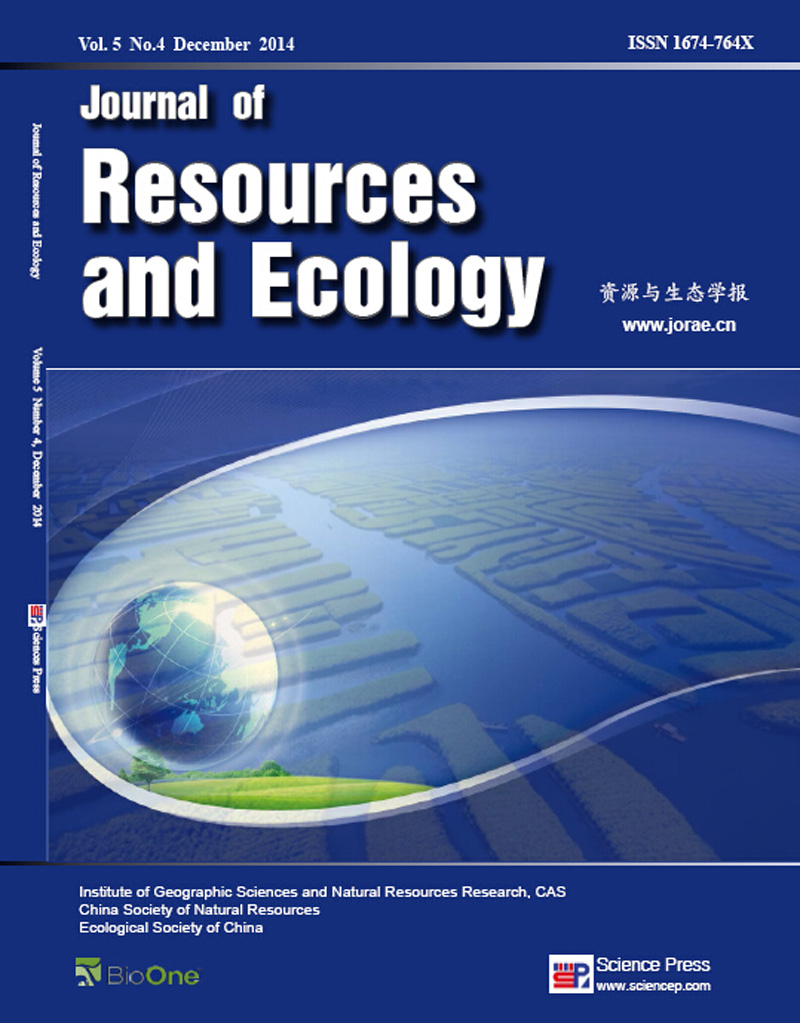GIAHS
LI Jing, MIN Qingwen, LI Wenhua, BAI Yanying, Dhruba Bijaya G. C., YUAN Zheng
Hani rice terraces system is one of the Globally Important Agricultural Heritage Systems (GIAHS) pilot sites selected by FAO. Soil nutrients are an important symbol of soil fertility, and play an important role in the sustainable utilization of land. Based on geo-statistics and GIS, the spatial variation of pH, organic matter, total nitrogen, alkaline hydrolyzable nitrogen, available phosphorus and available potassium in the soil in Yisa (a town in Honghe County, Yunnan Province) was studied. The results show that the spatial variability of pH, organic matter, total nitrogen, alkaline hydrolyzable nitrogen and available potassium exhibited medium spatial variability, and the coefficients of variation are 12.54%, 40.14%, 40.00%, 34.89%, and 40.00% respectively. Available phosphorus exhibited strong spatial variability, and the coefficient of variation is 102.13%. The spatial variation of pH, organic matter, total nitrogen, alkaline hydrolyzable nitrogen and available potassium fit the index mode, however, the spatial variation of available phosphorus fits the spherical model. Total nitrogen, available phosphorus and available potassium were greatly affected by soil structural factors, while pH, organic matter and alkaline hydrolyzable nitrogen were affected by both structural and random factors. The spatial distribution of soil nutrients in Yisa was intuitively characterized by Kriging interpolation. It is very important to understand the spatial distribution of soil nutrients, which will provide the guidance for adjusting agricultural management measures such as fertilization.
